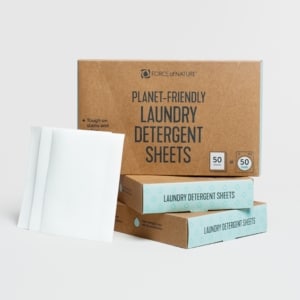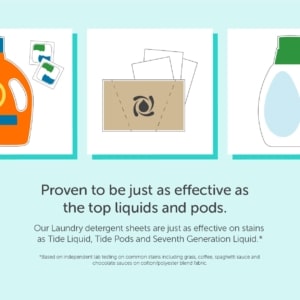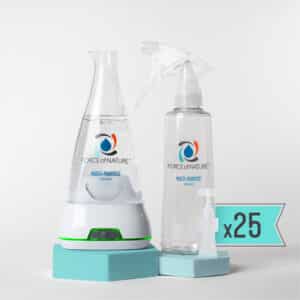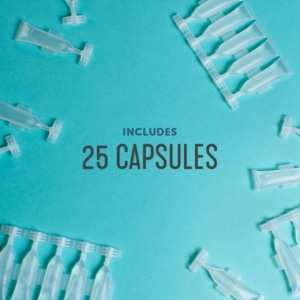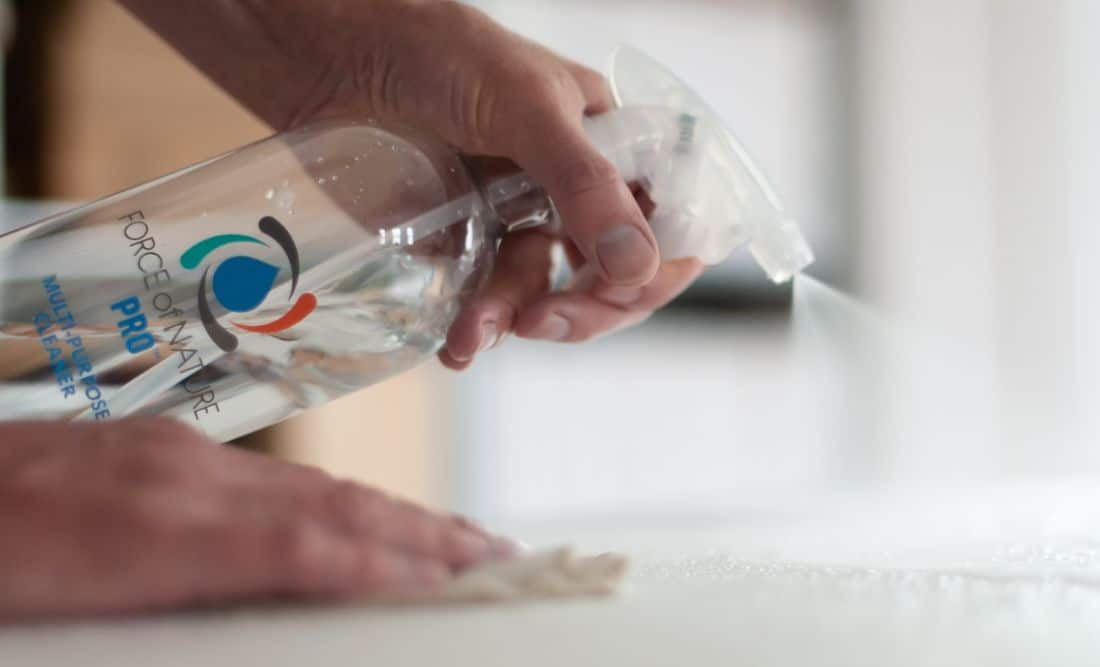
If you’re like most people, you probably assume that cleaning product health risks only happen if protective gear like gloves or masks isn’t used, or if caustic chemicals aren’t rinsed from surfaces, or if the wrong chemicals are mixed. There is one very important reason why this is not a safe assumption:
Manufacturers aren’t required to test or assess the health impact of exposure to their products over time.
Top Cleaning Product Health Risks – Traditional Cleaners
Researchers began studying the health risks of typical cleaning chemicals a few years ago, and the news hasn’t been good. Recent studies have shown that chronic exposure to the 3 most common categories of cleaning chemicals, bleach, quaternary ammonia compounds (quats or QACs), and fragrances, over the long term can:
- Cause lung damage equivalent to smoking a pack of cigarettes a day
- Increase the risk of COPD by up to 45%
- Increase the risk that pregnant women will have children with asthma by up to 70%
- Young children frequently exposed to cleaning products can be up to 50% more likely to have asthma.
- Frequent exposure to cleaning chemicals in early life, especially within the first three months, is associated with an increased risk for asthma by age 3.
- Kids with greater exposure to cleaning products are 35% more likely to develop chronic wheezing and chronic allergies than children with the least exposure.
Besides causing asthma and allergies, these chemicals can cause dangerous reactions in people who already have these conditions. Estimates are that 30% of US adults and 40% of US children suffer from asthma or allergies. In fact, the CDC recommends not using cleaning products with quaternary ammonium compounds (quats or QACs), bleach, or fragrances around this population. Many business owners don’t know that conditions like asthma and allergies are included under the ADA. They’re often exacerbated by triggers and are included under the ADA’s considerations required for a safe, healthy environment for people who suffer from these conditions. An easy step you can take is to replace cleaning products with ingredients like bleach, fragrances and quats.
Quats or QACs are just as ubiquitous as bleach and lurking in most of the wipes, sanitizer and disinfectant sprays out there. They are associated with a broad range of health issues beyond allergies and asthma, including fertility issues & birth defects. Remember how we mentioned that children are at a higher risk for toxic chemical exposure than adults? A study showed that children have 14–55 times higher daily uptake of QUATs compared to teenagers and adults due to their more frequent hand-to-mouth contact. QUATs are hard to avoid because they are in most of the top disinfectant brands, and are listed on labels with varying names such as benzalkonium chloride, benzethonium chloride, alkyl dimethyl benzyl ammonium chlorides, alkyl dimethyl ethylbenzyl ammonium chloride, didecyldimethylammonium chloride, dioctyldimethylammonium chloride, benzalkonium chlorides, etc.
Top Cleaning Product Health Risks – “Green” Cleaners
Here is another staggering fact about cleaning product ingredients that might surprise you.
There are no federal safety or health standards for products labeled “natural” or “green” or “eco-friendly”.
As a result, “green” cleaners can and often do contain chemicals linked to health problems like hormone disruption, triggering the onset of asthma and allergies and more. Fragrances are a great example.
- Fragrance chemicals can pass through the skin and enter the blood stream. They have been classified as carcinogens, hormone disruptors, neurotoxins, skin and respiratory irritants.
- Manufacturers are not required to list fragrance ingredients on product labels, so the single word “fragrance” on a label can hide a cocktail of more than 100 toxic ingredients.
- Fragrances commonly contain phthalates which are chemicals that allow the scent to linger. Studies have shown that more than 75% of products with fragrances contain these endocrine disruptors. The Centers for Disease Control reported that phthalates can be found in the blood of most Americans, and the greatest quantities are in women. They can act like hormones in the human body, which can cause a host of health problems. For example, children with mothers exposed to phthalates during pregnancy were shown to have problems with language development and motor skills. Phthalates have been banned for use in cosmetics in the European Union. Research on the reproductive and developmental impact of phthalates has found a link to genital malformations and undescended testes in baby boys and lower sperm counts in men.
Besides fragrance chemicals, another class of chemicals found in “green”, “natural” or “eco-friendly” cleaners that you might want to watch for are preservatives. For example, Methylsothiazolinone (MIT) & Methylchloroisothiazolinone (CMIT) are extremely common in “natural” cleaning products even though they are linked with inhalation toxicity, dangerous allergic reactions and possible neuro toxicity.
Dyes are another category of chemicals to watch for in “natural”, “green” or conventional cleaners. Dyes that make “natural”, “green” or “eco-friendly” cleaning products blue, green, lavender or any other color are there to give you the perception that the product is more effective, but they don’t actually add to performance and can introduce significant health risks.
Raising the Standards for Cleaning Products
Force of Nature uses electricity to convert tap water, plus a capsule of salt, water and vinegar, into an all-in-1 cleaning, deodorizing, sanitizing, and disinfecting formula. It does this by changing the molecular structure of the solution into 2 new molecules:
- Hypochlorous acid – The same substance your white blood cells produce to keep you healthy. It’s gentleness & efficacy are what make it commonly used in wound, healthcare, and veterinary care products. Hypochlorous acid kills pathogens while at the same being extremely gentle on skin, which is what makes it so unique and versatile.
- Sodium hydroxide – a detergent used at low concentrations in products like toothpaste and skin moisturizers, and at higher concentrations in conventional cleaners. Force of Nature contains a concentration of just 0.0000003% (not toxic). In all-purpose cleaners, typical concentration levels are from 1-5% (3 million to 17 million times the concentration as in Force of Nature, and can be extremely harmful).
We created Force of Nature to end the compromise between cleaning product performance and wellness. It’s a federal EPA registered hospital-grade disinfectant that kills 99.9% of germs, viruses, and bacteria. It’s on the EPA’s List N (approved for use against COVID-19) and List Q (approved for Tier 1 Emerging Viral Pathogens). In 3rd party independent lab testing, it’s proven to be just as effective as Formula 409 on grease, Windex on glass, Scrubbing Bubbles on soap scum, Febreze on odors, and Resolve on rugs. EPA state info here. As the only cleaning product recognized by the National Eczema Foundation, and certified as 100% Top Allergen-Free by Mayo Clinic, our formula is a great option for organizations who want to protect their staff, clients, customers and members from toxic cleaning chemicals.
Force of Nature is also better for our planet’s health. It reduces plastic waste by 97% compared to typical bottled cleaning products. Each Activator Capsule eliminates a single-use plastic bottle, as well as the environmental pollution from the production, transport and disposal of those bottles. It also contains no toxic chemicals to flow into our water systems. We’re proud to be Green Seal certified for meeting the highest standards in protecting human health, preserving the climate, ensuring clean water, and minimizing waste and we’re the only certified Carbon Neutral EPA registered disinfectant and sanitizer.
Learn More
At Force of Nature, our mission is to end the compromise between cleaning and health, for people and our planet. Our appliances come in 2 sizes, Force of Nature, which makes 12 ounces at a time, and Force of Nature Pro, our system for large and high traffic spaces which makes 32 or 64 oz at a time. Both make our powerful yet gentle all-in-one formula that costs up to 80% less per ounce than the top brands. We designed Force of Nature to be budget-friendly and accessible to everyone who wants to reduce plastic waste and the health risks associated with typical cleaning products.
Purchasing for a large business or organization? We can customize pricing, assortment and training for you! Just click here to get started.
